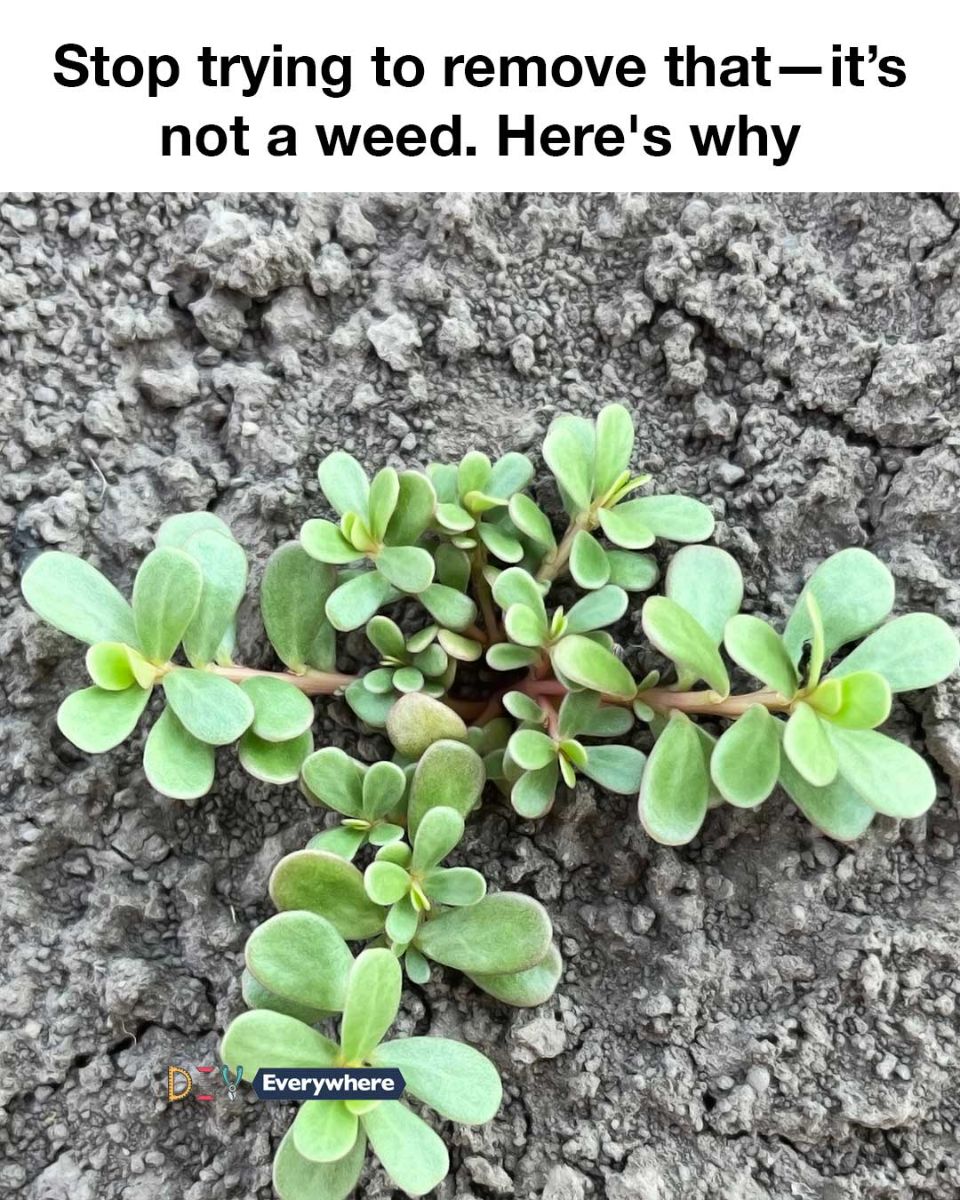In gardens and lawns across the world, purslane is often dismissed as an invasive weed, something to be eradicated in favor of more desirable plants. However, this resilient plant is far more than meets the eye. With its succulent leaves and creeping stems, purslane is a powerhouse of nutrition and biodiversity that deserves a place in your garden.
As gardeners become more aware of sustainable practices and the importance of biodiversity, it’s time to reconsider what we classify as ‘weeds.’ Purslane, scientifically known as Portulaca oleracea, is a prime example of a plant that has been unfairly maligned. By understanding its benefits, we can learn to appreciate and even cultivate this remarkable plant.
Advertisement
1. Understanding Purslane: A Misunderstood Plant
Purslane is a hardy, low-growing plant that thrives in a variety of environments. It is often found in gardens, sidewalks, and even cracks in the pavement. While many see it as a nuisance, its ability to grow in poor soil conditions is a testament to its resilience. Purslane can spread quickly, with its stems reaching lengths of up to 30 cm (12 inches), making it a common sight in many regions.
Despite its reputation as a weed, purslane has been cultivated for thousands of years. It is believed to have originated in India or Persia and has spread to every continent except Antarctica. Its adaptability and rapid growth have contributed to its widespread presence, but these same traits make it an ideal plant for sustainable gardening practices.
2. Nutritional Benefits of Purslane
Purslane is a nutritional powerhouse, often referred to as a ‘superfood.’ It is rich in omega-3 fatty acids, which are essential for heart health and typically found in fish and flaxseeds. In fact, purslane contains more omega-3 fatty acids than any other leafy vegetable, with approximately 300-400 mg per 100 grams.
In addition to omega-3s, purslane is an excellent source of vitamins A, C, and E, as well as essential minerals like magnesium, calcium, potassium, and iron. Its antioxidant properties help combat oxidative stress, making it a valuable addition to a healthy diet. With only 16 calories per 100 grams, it is a low-calorie option for those looking to boost their nutrient intake.
3. Purslane’s Role in Biodiversity
Purslane plays a crucial role in supporting biodiversity in gardens and natural ecosystems. Its flowers attract a variety of pollinators, including bees and butterflies, which are essential for the pollination of many other plants. By providing a food source for these insects, purslane helps maintain the balance of local ecosystems.
Moreover, purslane’s ability to thrive in different environments makes it a valuable plant for promoting biodiversity in areas where other plants may struggle to survive. Its presence can help create a more diverse and resilient ecosystem, supporting a wider range of plant and animal species.
4. Purslane as a Natural Ground Cover
Purslane’s low-growing habit and dense foliage make it an excellent natural ground cover. It can help suppress the growth of other unwanted weeds by shading the soil and reducing the amount of sunlight that reaches the ground. This natural weed suppression can reduce the need for chemical herbicides, promoting a healthier garden environment.
Additionally, purslane’s succulent leaves help retain moisture in the soil, reducing the need for frequent watering. This makes it an ideal plant for xeriscaping, a landscaping method that focuses on water conservation.
SEE NEXT PAGE
ADVERTISEMENT

